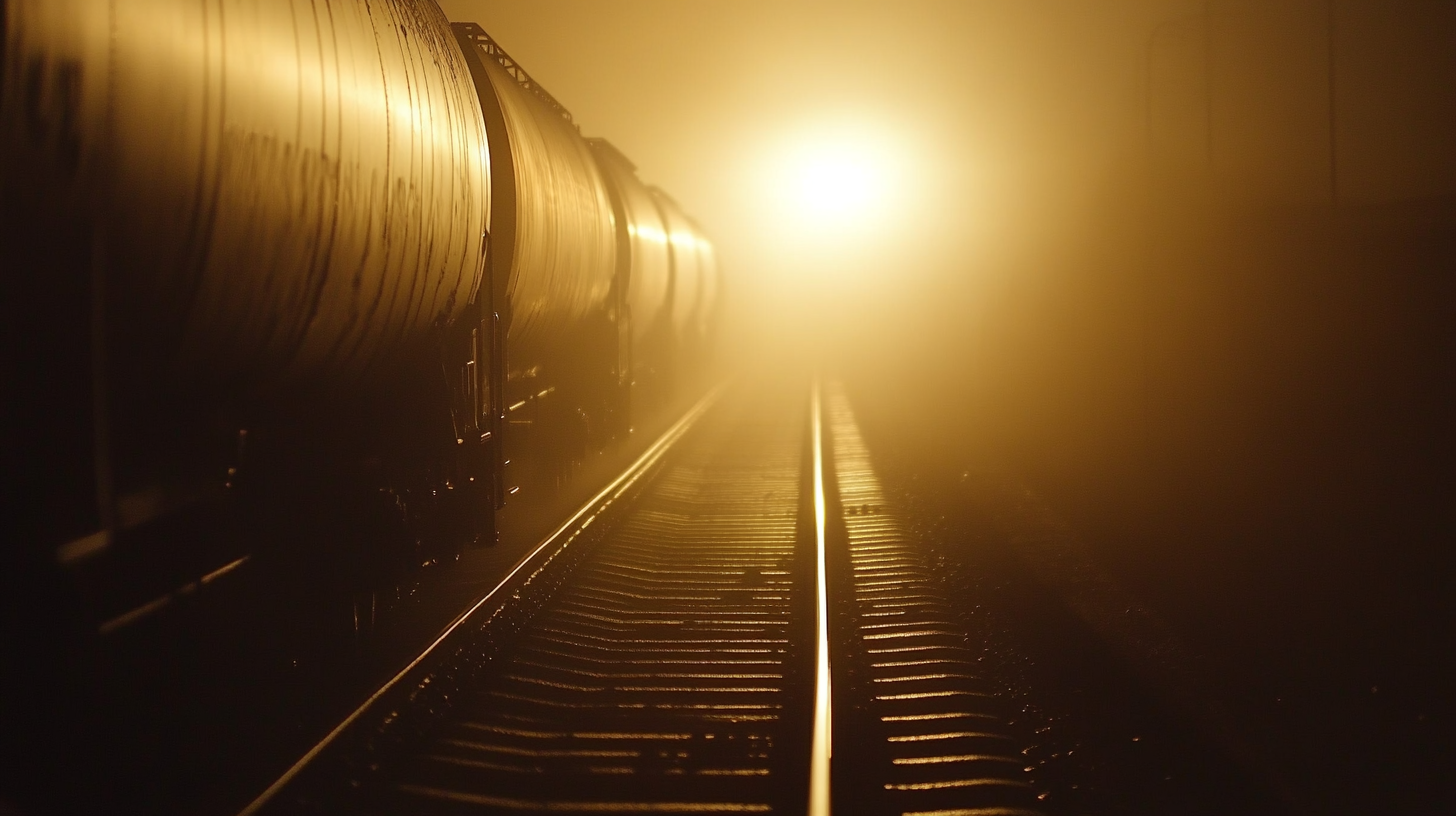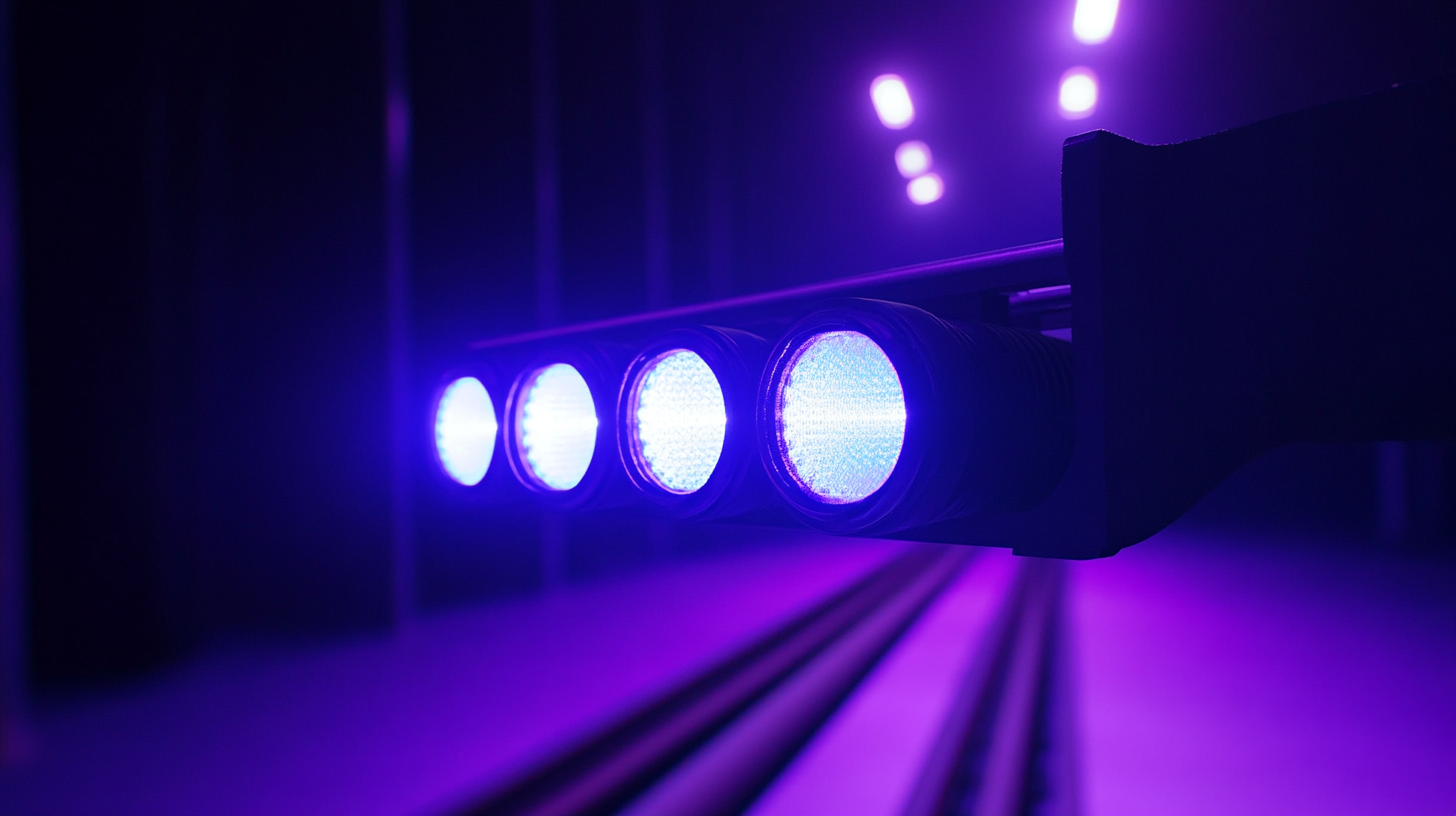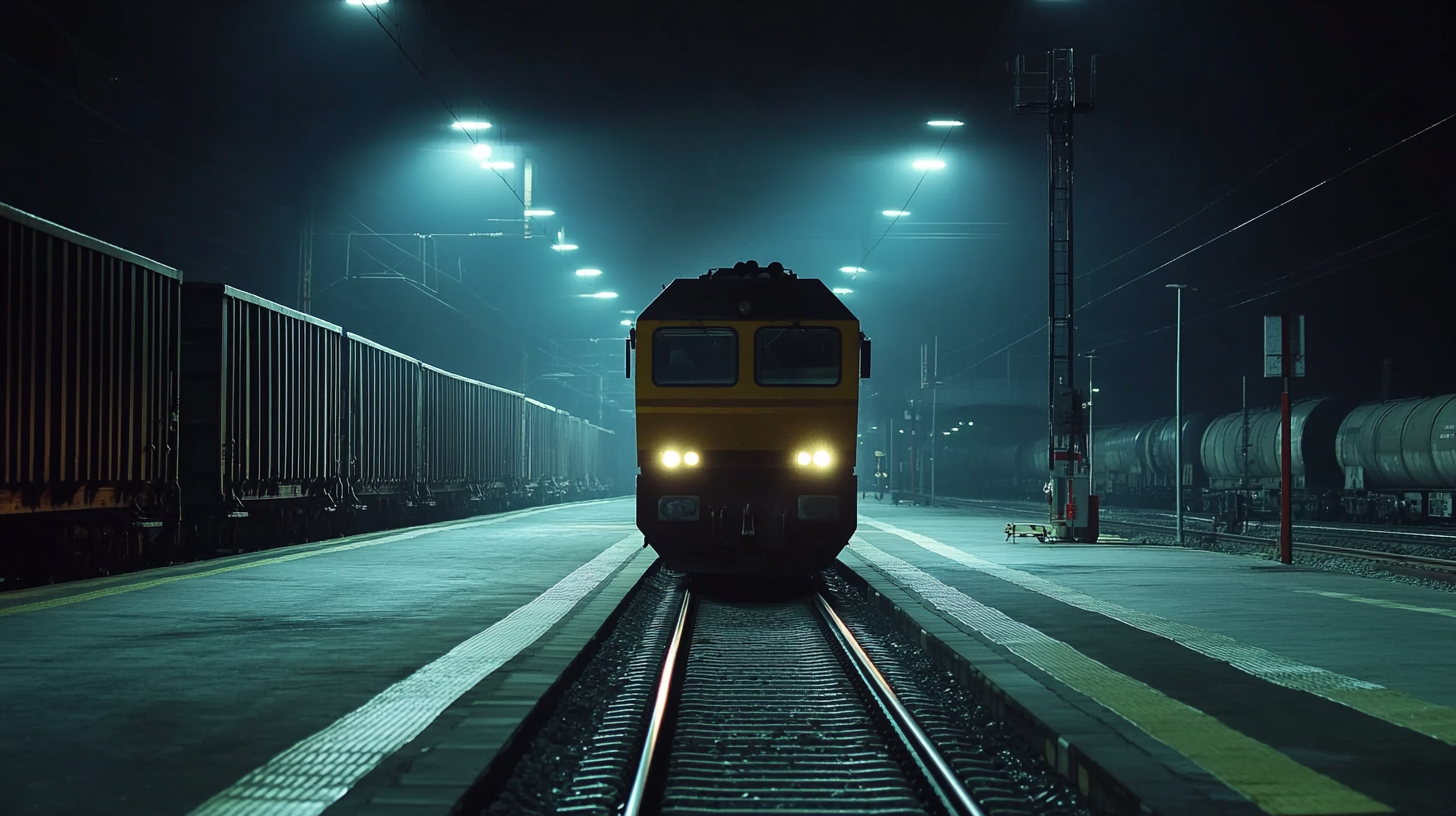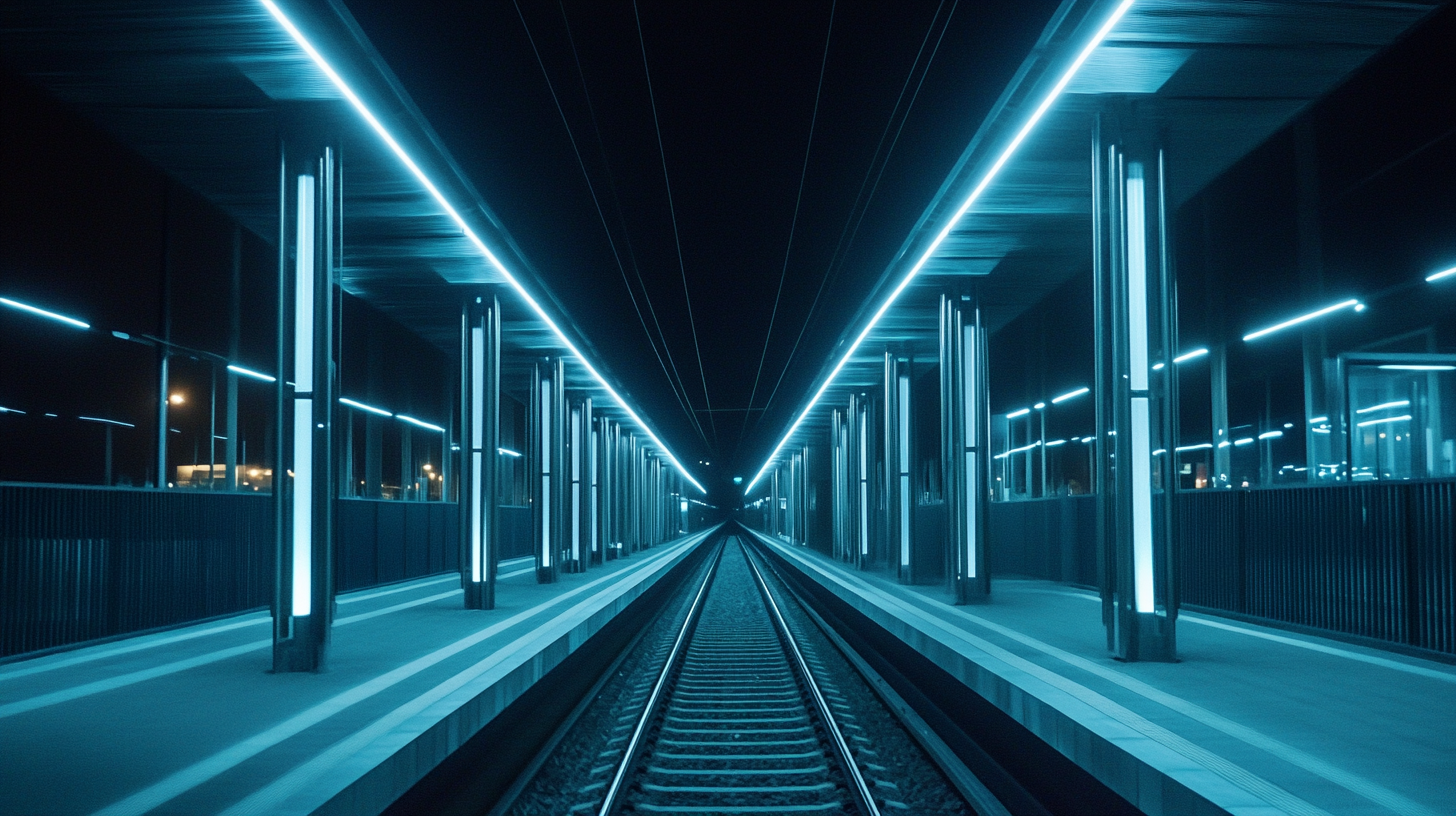5 Essential Insights for Global Buyers on Sourcing Rail Light Solutions
With rapid changes in the transportation landscape, rail lights are becoming an indispensable category of products for global buyers seeking efficient and sustainable options. Urbanization occurs at an ever-increasing pace, whileenvironmental matters loom large in discussions; thus, the demand for new rail light technologies is increasingly called upon. This blog is set to provide vital insights that will ease the sourcing journey into rail-light solutions for global buyers, eventually helping them make informed decisions in line with their operational requirements and sustainability goals.
Sourcing rail light involves understanding not only technical specifications but also the wider market forces that impact availability, pricing, and compliance. Buyers must be well-versed in these aspects to filter out the providers and technologies that best suit their needs in what we can confidently call a plethora of choices. In this blog, we present five important insights that every buyer should consider to boost their sourcing abilities, strengthen their partnerships, and contribute toward a greener rail interface.

Understanding the Unique Challenges in Sourcing Rail Light Solutions
Sourcing rail-light solutions presents certain unique problems to global buyers in view of the current worldwide transformation affecting the railway industry in multiple markets. One of the primary challenges is the quick technology transition the industry is witnessing; countries like Vietnam are attempting to update their railway infrastructure by means of technology transfer and investment. The historical context of Vietnam's railway system, dating back to the French colonization period, indicates that there is a real need for modern methods that would lend themselves to supporting electric and high-speed rail projects. This reflects an overall development trend around the world, in which aging systems are brought to life to match present-day requirements. As the world emerges from the shadow of COVID-19, the high-speed rail shift is now viewed as a challenge and an opportunity. There are reports that in contrast to commercial aviation, which is bearing the long-term effects of the pandemic, rail solutions have been offered as alternatives to an increasing passenger base in certain areas like China and Europe. This shift calls for global buyers, therefore, to come to terms not only with technological complexities but evolving market dynamics and shifting consumer preferences. With increasing competitive pressure in mature markets such as Spain, where Hitachi Railway enter the fray against local manufacturers, sourcing strategies should be flexible and informed by local insights. The buyer community must be aware of competition and different regulatory environments, which impact the procurement process and technological implementations. A good grasp of these layered challenges will be key for the successful sourcing of rail light solutions that unquestionably meet present operational needs while strategizing for future railway sector orientations.

Key Factors to Consider When Evaluating Suppliers for Rail Lighting
Certain key factors must guide the decision-making process of the global buyer while evaluating suppliers for rail lighting solutions. Evaluation of the compliance of the supplier with industry standards and regulations is of utmost importance. These standards ensure reliability and safety in operations, as the railways require stringent safety and performance measures. Thus, buyers should look for suppliers complying with local regulations and standards accepted internationally.
Another important factor to consider is the supplier's experience and reputation in the rail industry. The more time a supplier has spent in the industry with a proven record of achievement, the more able it is to deliver quality products in changing circumstances. Reviewing testimonials and case studies of customers will provide insight into how reliable and responsible a supplier can be when faced with problems. Partnering with established suppliers, therefore, can go a long way in mitigating risks to project delays or product failure.
Moreover, another area affecting buyer consideration is the technological innovation capability of a supplier. Rail lighting solution buyers must choose suppliers that invest heavily in the R&D of their products due to rapid advancements in lighting technology that improve the energy efficiency and performance of the products. A supplier employing such environmentally friendly production processes will also assist rail operators in attaining their environmental goals, thus becoming a more tempting long-term partner.

Emerging Technologies Shaping the Future of Rail Light Solutions
Disruptive new technologies are changing the rail-light solutions sector radically. Allied Market Research states that the smart-lighting market worldwide, of which rail-light systems are a segment, is estimated to reach USD 30.5 billion by 2025 at a growth rate of 22.9%. The rapid developments result from the advancement of LED technologies, IoT integrations, and energy-efficient systems. Smart-lighting solutions are increasingly being adopted by rail operators for safety enhancement, cost reduction, and improvement of the overall passenger experience.
Some of the most important technological innovations that are shaping the future of rail-light solutions are IoT sensors. It enables real-time monitoring and adaptive lighting systems that react to variable environmental conditions and passenger requirements. A smart lighting system, consequently, is one meant to dim or brighten according to the presence of commuters or the intensity of light at different times in a day. IoT adoption in public transport, including railways, is likely to grow at 35% per annum till 2027, Research and Markets report speculates.
Sustainability remains yet another key focus in the industry. The move toward energy-efficient lighting aligns with global sustainability goals and high energy costs. The International Energy Agency (IEA) suggests that LED lighting reduces energy consumption by up to 75% compared to traditional incandescent lamps. Since rail networks are looking for ways to reduce their carbon footprint, such next-generation lighting technologies could offer significant long-term savings and promote eco-friendly practices in public transport.

Best Practices for Ensuring Quality and Compliance in Rail Lighting
In considering rail light solutions, one should always prioritize quality and compliance in one's sourcing strategies. That's because the rail industry has stringent standards, so it is more important than ever for buyers to learn about the specific regulations and requirements that apply when working in different regions. Such an understanding of local compliance frameworks serves two purposes: it helps protect the products themselves while increasing their safety for passengers and rail operators.
One of the strongest ways in which quality can be maintained is for the buyer to have a supplier relationship that is sound and alive. Such close interaction with the manufacturers would afford a chance for the buyer to advocate for adherence to quality. Standards for both audit and inspection should include operational and safety criteria. As such, it would be wise to include those suppliers with a demonstrated takeover of compliance with international standards, such as ISO certifications.
Furthermore, it is important to note that by incorporating technology into the sourcing process, quality assurance could greatly benefit from such efforts. For example, data analytics tools could enable a buyer to monitor real-time quality production, identify issues in time, and ease decision making. This early involvement, for example, not only helps in mitigating risks but also encourages innovation in product development. Following these best practices could enable global buyers to navigate the complexities of rail lighting solutions without compromising on product quality and compliance.
Navigating Global Trade Regulations Affecting Rail Light Sourcing
Global trade regulations make navigating a critical path for buyers who are keen on sourcing effective rail light solutions. Standards differ country to country, and thus, compliance variations will impact procurement decisions. For example, tariffs and import duties will accordingly affect computations on costs; hence the buyer must be updated on any trade policies that might influence his supply chain.
There is a growing tendency for national governments now to be increasingly concerned about environmental regulations. The buyer needs to see whether the rail light solutions are going to meet the various environmental standards, both local and international. This, of course, has to do with the materials used in manufacturing and the efficiency the products present in themselves. Non-compliance may result in delays, fines, and a tainted image, making it paramount to do one's due diligence when it comes to supplier selection.
Even more, documentation and certification required in sourcing light rails from different parts of the world need to be understood. The various countries could have safety, quality, and performance standards in place. If the required documentation is provided by the suppliers, then the buyers have reduced risks over regulatory breaches as well as assurance for easy transactions in the global market.





